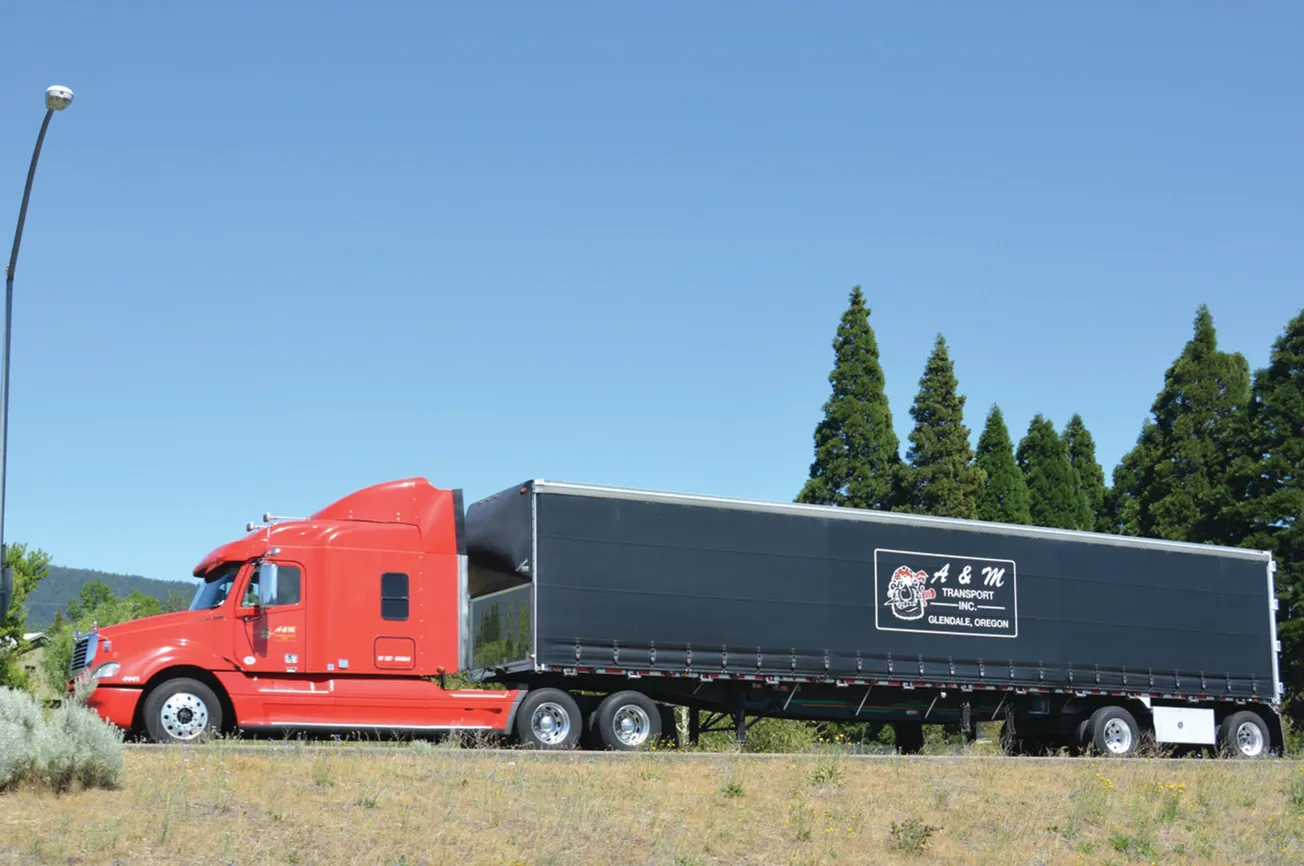Table of Contents
Industry is talking, the lumber sector included, about the transportation capacity crunch. Everyone needs to move product from one location to the next; but with the driver shortage, there just aren’t enough trucks available to make everybody happy at the same time. Some businesses, though, may be feeling the squeeze more—and more often—than others. Most likely, from the trucking perspective, that’s because they haven’t taken the necessary steps to become a shipper/customer of choice.
There’s a long list of incentives that can be used for leverage when companies jockey for a favored relationship with carriers, but those that want a better shot at moving to the front of the line will want to focus on the following elements:
- Rate Schedule
- Fuel Surcharge Program
- Accessorial Charges Coverage
Green Light
We understand that the wood industry, in particular, is one built on negotiations and handshakes and with the theory that “every deal is a new deal;” but trucking companies prefer the security of an agreed-upon rate schedule negotiated annually. We can’t negotiate with our fuel company, our tire provider, our drivers, and so on; therefore, we’re not really in a position to negotiate our rates, either.
Having a fair rate schedule in place—whether it stipulates payment per mile or at a flat rate—will go a long way toward elevating a customer’s position with the carrier.
By the same token, we place a lot of value on relationships with businesses that offer a fuel surcharge program. Base rates remain the same, but the fuel surcharge adjusts weekly based on U.S. Department of Energy pricing to compensate for the wild fluctuations that have come to be associated with fuel prices. Removing the burden of yo-yo fuel prices from the carrier’s back, along with working up a reasonable rate schedule, can position a customer as a preferred partner that the trucking business will be motivated to service.
Accessorial charges represent another opportunity for shippers/customers to capture the attention of trucking lines. Most lumber mills, for instance, are receptive to tarping fees—that is, paying the carrier to protect the shipment from the elements so that it arrives at the destination in the same condition as when it was loaded. Other examples include paying the carrier for multiple stops, with portions of the load dropped off at different locations, and extending fair compensation when drivers are kept waiting at a facility for an unreasonable amount of time, through no fault of their own.
Here’s yet another scenario: my company, A&M Transport, is based in southern Oregon, home to at least a dozen sawmills. We work the I-5 corridor crossing Oregon, Washington and California. When we send one of our trucks into California or some point south to deliver lumber, we also need to load something for the return trip to the Pacific Northwest—typically delivering it to the major metropolitan areas of Salem and Portland.
Now we have an available truck and a sawmill that needs it but that is located several hours south. In a situation where the carrier and the customer have forged a solid alliance, the sawmill might tack some extra money on to the normal rate to help offset the cost of the “empty miles” that must be covered for the truck to get back. The carrier would accept that bonus as an accessorial charge and, again, see that particular customer as the kind of fair and accommodating business that it wants as a partner.
Red Light
If you want to alienate your carrier, there are a couple of no-nos that could send you to the back of the line for deliveries:
- Treat drivers poorly
- Do not have truck scales onsite
- Keep limited hours of operation
A customer’s culture in terms of interaction with drivers is huge and has an equally huge impact on the relationship with the carrier. No one deserves to be treated like a second-class citizen, but there are still some places where truckers are not welcomed beyond the loading area—and, sometimes, they aren’t received much better there. Gaining favor with a trucking firm means having restrooms and break rooms available to drivers who have been on the road for hours, and it also means treating them with basic courtesy and respect. If drivers feel ostracized, that could explain why their carriers opt to take on a delivery for your competitor instead.
It may seem like a trivial detail, but having truck scales on the premises is also a big plus in truckers’ eyes. It’s a major inconvenience and loss of time to wait for a shipment to be loaded only to have to return to the facility, get back in line, and unload or adjust freight because truck scales miles down the road show that the load is over the legal capacity.
Perhaps the biggest factor that might make a trucking company take on another job instead of yours is hours of operation. Facilities that have expanded their hours to accommodate drivers are having fewer issues getting their product moved. A plywood manufacturer that limits shipping hours to 6 a.m. to 1 p.m., for example, could find carriers passing it by. If a driver misses that window, there’s no waiting until the next morning to pick up the load. The truck moves on to the next location on the list, because that company may be open for loading until as late as, say, 8 p.m.
Speaking of loading and unloading, getting it done expeditiously also bears a lot of value for carriers. Yes, there is a shortage of labor; and everyone is scrambling for workers. But if you can man your facility with enough staff to get trucks in and out within an hour, you’re bound to climb to the top of the carrier’s list of favorite customers. If everyone could focus on that, there’d be many more happy truckers—and customers, too, I think.
And by customers, I mean shippers and receivers. “Shipper of choice” has become a buzz phrase in the trucking industry, but the definition is generic. In the wood sector, the customer might be lumber brokers, manufacturers, sawmills, lumberyards, or another business. Whichever one you are, if you aren’t locking in rate schedules, offering a fuel surcharge program, covering accessorial charges, accommodating drivers, expediting loading/unloading, and keeping longer shipping hours, you’re already playing catch-up. Plenty of your rivals have already incorporated these components into their processes, but it will take newcomers time to build up their reputation as a good customer and the loyalty of carriers.









